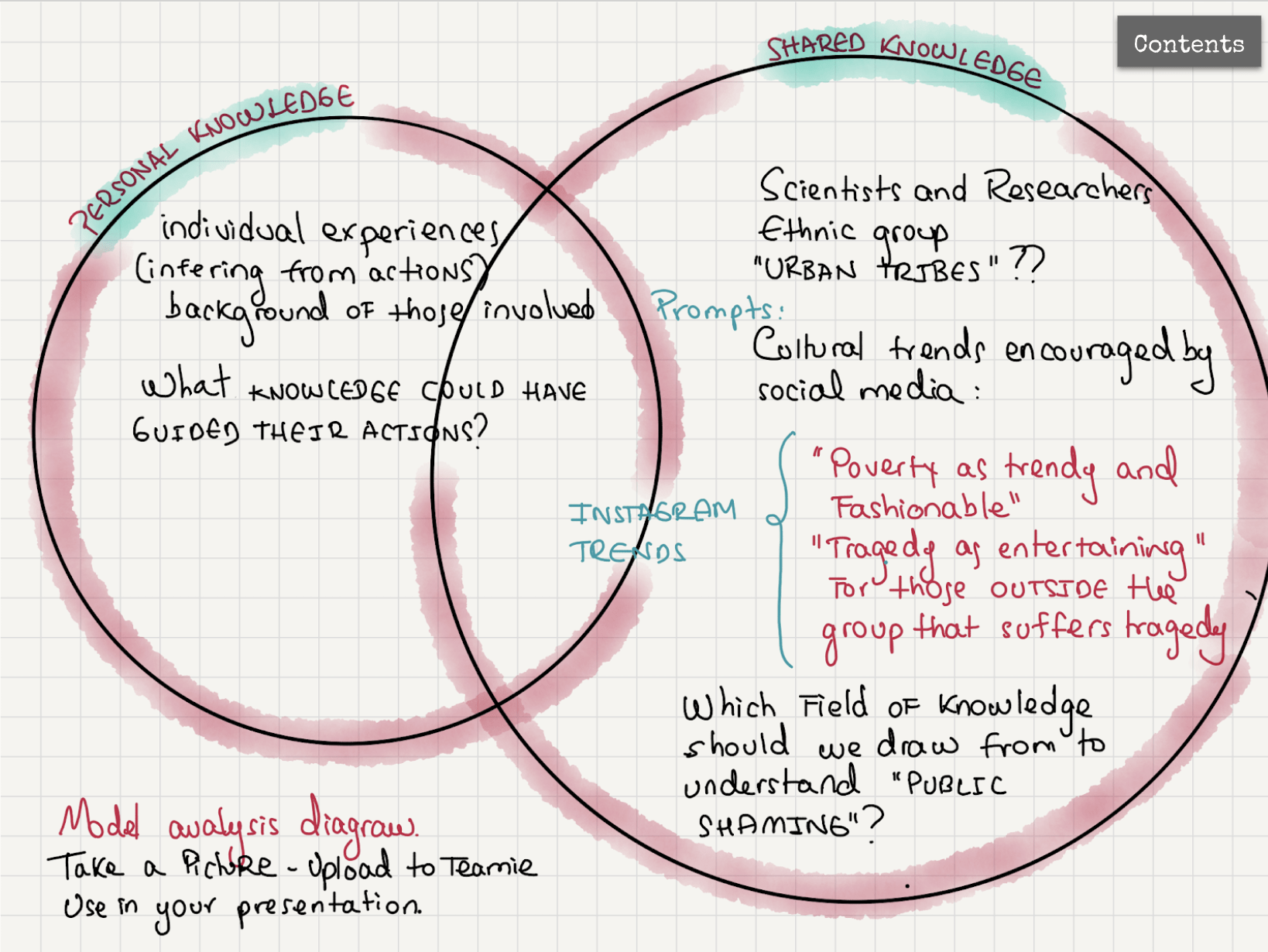In the first few classes, we learned a lot from the TOK, such as Knowledge claim. In the class, we shared our opinions on Knowledge claim by using a website, and we also discussed what we know and what we don’t know about ourselves or the world. So we know that a knowledge claims are something that a claimant believes to be true but are open to fact-checking, discussion and debate.
Then, we learned personal knowledge and shared knowledge, and made a group speech in the class. Our group told a story about a white girl who suffered from Internet violence because of her inappropriate “joke” on twitter. At first, I just thought there is a thing called knowledge which means the facts, information, and skills acquired through experience or education; the theoretical or practical understanding of a subject. I didn’t know that knowledge included personal and shared but after the class.
- Personal knowledge: knowledge of a circumstance or fact gained through firsthand observation or their own (individual) experiences(Inferring from actions) background of those who involved.
- Shared knowledge: From scientists and researchers, ethnic group. Held communally, by groups which will vary in size depending on the type of knowledge being explored.
TOK teaches us to understand more about the knowledge, to analyze them and see its faults so they can be improved upon or just be made aware of. An important example of this is ethics or the study of morals as it is also known as.
